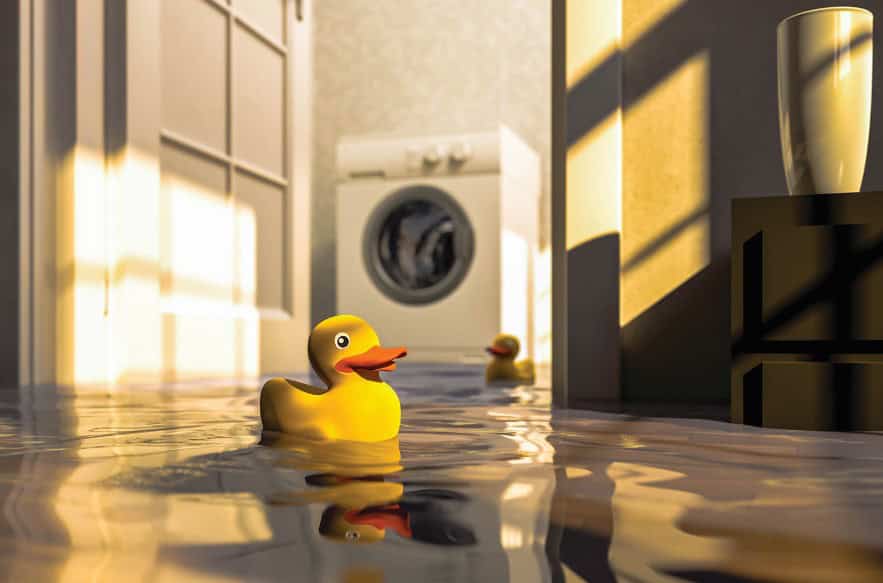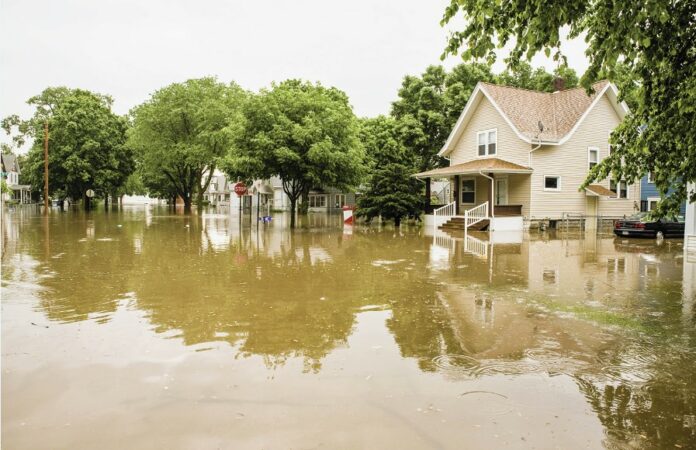Natural disasters can strike at any time, and no disaster is more likely to strike than a flood.
According to the World Health Organization, floods are the most frequent type of natural disaster, affecting more than two billion people worldwide between 1998 and 2017. And the WHO reports that floods are increasing in frequency and intensity.
The Insurance Information Institute notes that flood damage is excluded under standard homeowners and renters insurance policies. However, flood insurance can be purchased from the Federal Emergency Management Agency via the National Flood Insurance Program.
Purchasing flood insurance prior to flooding can be a wise move for renters and homeowners who live in areas vulnerable to flooding. And should flooding occur, victims can take these steps to be safe as they try to get back to normal.
Dress the part. When returning to your property to assess any damage, wear appropriate safety gear. The Centers for Disease Control and Prevention recommends homeowners and renters wear a hard hat, goggles, respirator mask (with an N95 rating or higher), thick work gloves, and waterproof, steel-toed boots when returning to their homes after a flood. If there’s been a sewage leak, wear rubber gloves and rubber boots during the inspection.
Conduct a self-inspection of your home. Local authorities often dictate when people can reenter their homes after flooding has occurred. Once they get the go-ahead to go back home, residents should first inspect the property to see if it’s safe to reenter. A walk-around of the property may reveal downed power lines, wildlife and leaky utility lines that can make it dangerous to re-enter a home. In addition, the Red Cross recommends checking the home exterior for structural damage like cracks in the foundation, roof damage or missing beams. Any such damage should be inspected by a professional before anyone moves back into the home.
Assess utilities and appliances. If the home is safe to enter, Allstate Insurance recommends checking the utilities and appliances inside the home. The CDC advises against turning on any light switches, as doing so could spark a fire if there are any gas leaks or electrical problems. Leave the property immediately if you smell gas and call the fire department to report the leak. If there is no standing water around the electrical box and your clothes are dry, turn off the electrical system if you did not do so prior to evacuating. Do not use any damaged appliances until they have been deemed safe by a professional.
Homeowners and renters victimized by flooding must make safety a priority
when returning to their homes to assess the damage.


